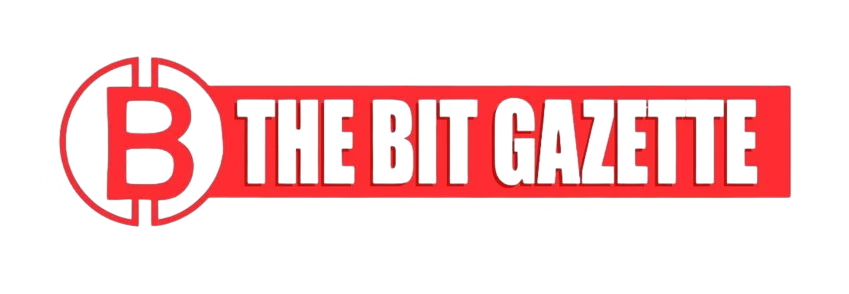Stablecoins have become the most reliable profit engines in the digital asset space, accounting for nearly 60% to 75% of total protocol income across major blockchain categories. The dominance of these tokens marks a defining shift in the structure of crypto revenue, with Tether and Circle leading the surge.
Tether CEO Paolo Ardoino recently revealed that the company is on pace to achieve a record $15 billion profit in 2024, posting an extraordinary 99% operating margin. “We’ve built one of the most efficient financial infrastructures in the world,” Paolo Ardoino, CEO, Tether, in an interview.
Unlike volatile cryptocurrencies such as Bitcoin or Ethereum, stablecoins are designed to maintain a fixed value—typically pegged to the U.S. dollar—making them essential for liquidity, remittances, and decentralized finance (DeFi). Their consistent yields and security-driven structure have become central to how exchanges, protocols, and institutions generate crypto revenue globally.
How stablecoins generate sustainable crypto revenue
Stablecoin issuers earn profits by investing reserves funds deposited by users into safe, yield-bearing assets such as U.S. Treasuries and cash equivalents. This practice has allowed firms like Tether and Circle to accumulate billions in interest income.
According to the U.S. Treasury Department, short-term government debt currently offers attractive yields, helping boost crypto revenue for issuers without exposing them to market volatility.
However, recent legislation has clarified what stablecoin issuers can and cannot do with those profits. The GENIUS Act, passed in July 2024, prevents authorized issuers from distributing yields to token holders. Lawmakers designed it to maintain stablecoins as cash-like payment tools rather than investment products.
“Regulators want to ensure that stablecoins resemble money, not securities,” — Michael Barr, Vice Chair for Supervision, Federal Reserve, speaking at the Federal Reserve Board conference in August.
Despite the restrictions, competition has intensified. New models like USDe, a “synthetic dollar,” have begun distributing returns directly to holders, creating alternative mechanisms for investors seeking exposure to crypto revenue without violating existing laws.
Coinbase, Circle, and the innovation race
In a bid to attract long-term users, Coinbase has introduced a 3.85% annual percentage yield (APY) for users holding USDC on its platform. While this complies with the GENIUS Act’s restrictions, it still channels crypto revenue back into the ecosystem by incentivizing users to retain digital dollars.
Circle, the issuer of USDC, continues to expand institutional partnerships, especially following its public listing in June 2024. According to the firm, stablecoins are not just a bridge to decentralized finance as they are becoming core infrastructure for cross-border settlements and real-time payments.
“The stablecoin market is no longer just about liquidity as it’s about building digital cash for the global economy,” Jeremy Allaire, CEO, Circle, in a statement on the company’s official website.
BlackRock and the institutionalization of crypto revenue
Financial giant BlackRock has increasingly positioned itself as a key player in the stablecoin economy. Through its BSTBL fund, the firm manages Circle’s reserve portfolio and is now exploring partnerships with other issuers seeking institutional-grade fund management.
In late September, analysts at Citi projected that global stablecoin issuance could reach $4 trillion by 2030, up from roughly $280 billion today, underscoring the massive long-term potential of crypto revenue streams.
“Tokenized cash products are going to redefine liquidity management for institutions,” — Jon Steel, Global Head of Product and Platform, BlackRock Cash Management, in an interview with CNBC.
The BSTBL fund, accessible to pension funds, universities, and other institutional clients, provides longer trading hours and exposure to yield-generating digital assets. This aligns with BlackRock’s broader push into tokenized financial products, including Bitcoin and Ethereum investment vehicles.
The road ahead for stablecoin-driven crypto revenue
As traditional finance and blockchain continue to converge, stablecoins are poised to remain at the heart of crypto revenue creation. With BlackRock’s entry, Tether’s profitability, and Circle’s compliance-first growth, the market is maturing into a regulated profit ecosystem rather than a speculative one.
Still, policymakers remain cautious about systemic risk. Both the Federal Reserve and U.S. Treasury are expected to publish new guidance in early 2025 to ensure transparency around reserve management and yield sources.
The next evolution of crypto revenue may depend not on speculative tokens but on stable, regulated, and institutionally managed digital assets that power everyday global finance.











